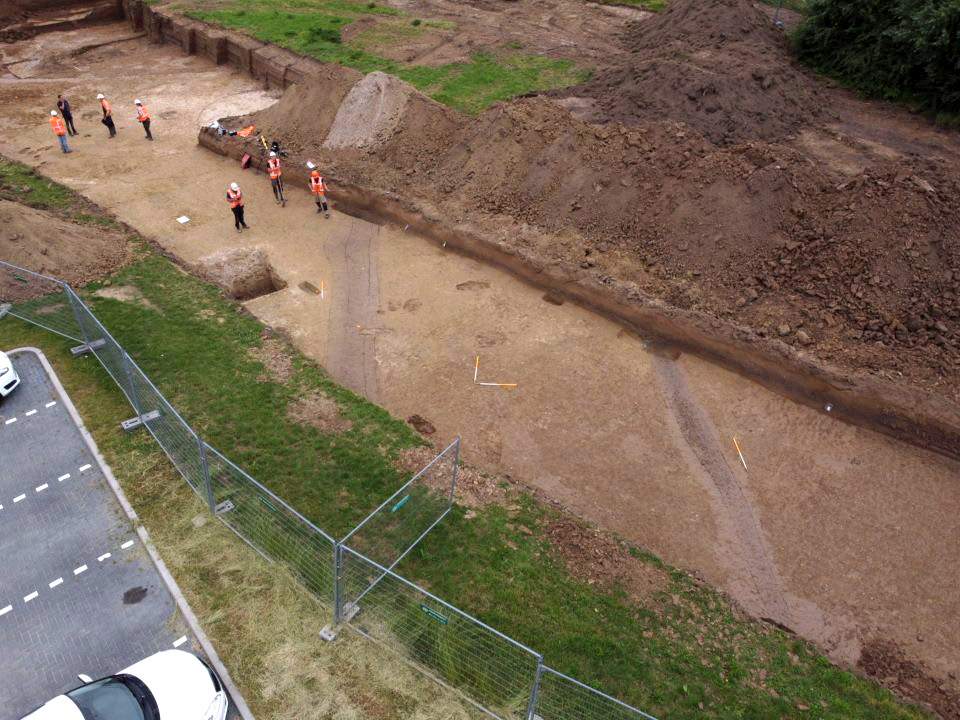Netherlands, archaeologists discover 2,000-year-old ancient Roman highway
Important discovery in the Netherlands, where a team of archaeologists from RAAP, the country’s largest consulting and research agency for archaeology and cultural history, has discovered near Nijmegen a two-thousand-year-old road and canal: these are, experts say, two infrastructures built and used at the time by the Roman army. A kind of rare “highway” (this is the definition given by RAAP: an anachronism to give an idea of the importance of this communication route) that constitutes a unique find in the eastern Netherlands.
The find was made during archaeological excavations in preparation for improvements to the Wolferen-Sprok dam, a project that is part of the national flood protection program and aims to increase the safety of the dam. Holland was for a long time a Roman colony (for about 450 years, from about 55 B.C. to about 410): numerous small settlements were founded here with the purpose of reinforcing the Limes Germanicus, the northern boundary of Rome’s dominions. The most important center in the area was Ulpia Noviomagus Batavorum, today’s Nijmegen, the town near which the connecting road was found, which will now be carefully studied.
The canal is also an impressive piece of infrastructure, for at ten meters wide it is large enough for ships to pass through. RAAP archaeologists speculate that it was an aquatic waterway where army ships used for transporting soldiers but also supplies, food, construction materials passed through. According to archaeologists there is a good chance that this canal connected Nijmegen and the Rhine. The Rhine was another frontier of the Roman Empire, and many soldiers were stationed in these parts: the army had to be able to move quickly and be supplied just as quickly. Thus, both the canal and the road had to fulfill these functions.
Pictured are the findings of RAAP archaeologists.
 |
| Netherlands, archaeologists discover 2,000-year-old ancient Roman highway |
Warning: the translation into English of the original Italian article was created using automatic tools. We undertake to review all articles, but we do not guarantee the total absence of inaccuracies in the translation due to the program. You can find the original by clicking on the ITA button. If you find any mistake,please contact us.




























